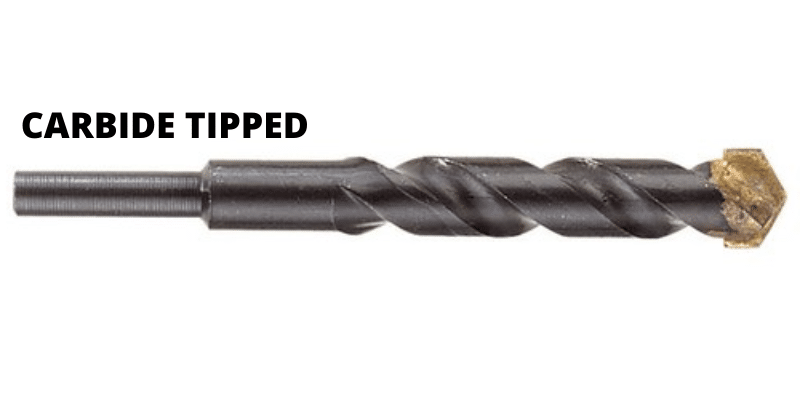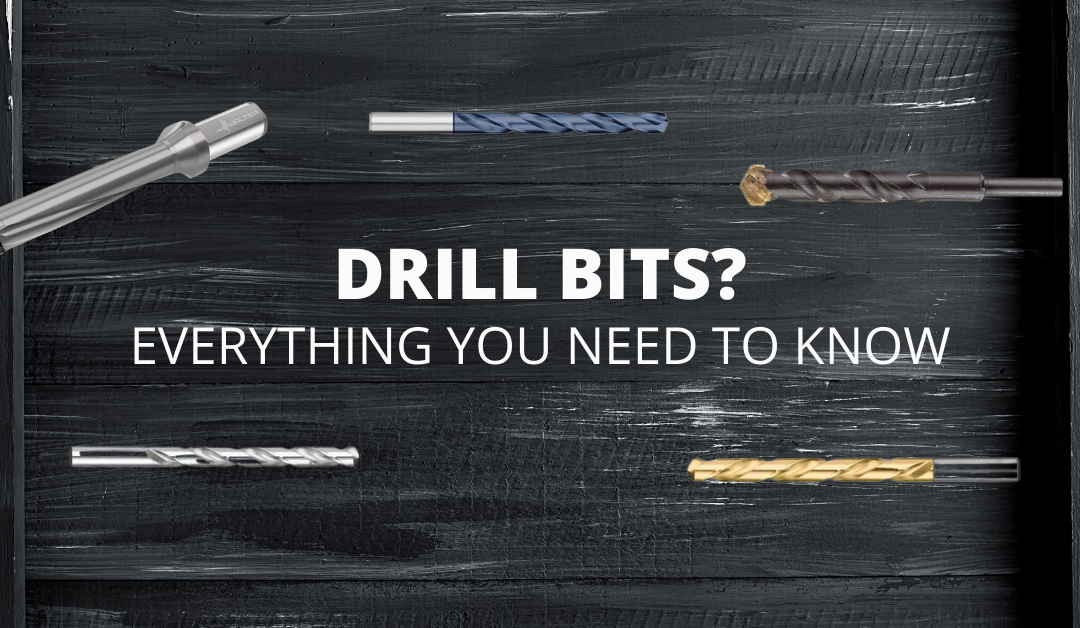Modern Drills come in a number of different Styles, Materials and Coatings to best suit different applications and provide solutions at every budget. This below guide will help you understand the different type of materials and coatings typically used and what they are best suited for.
Materials
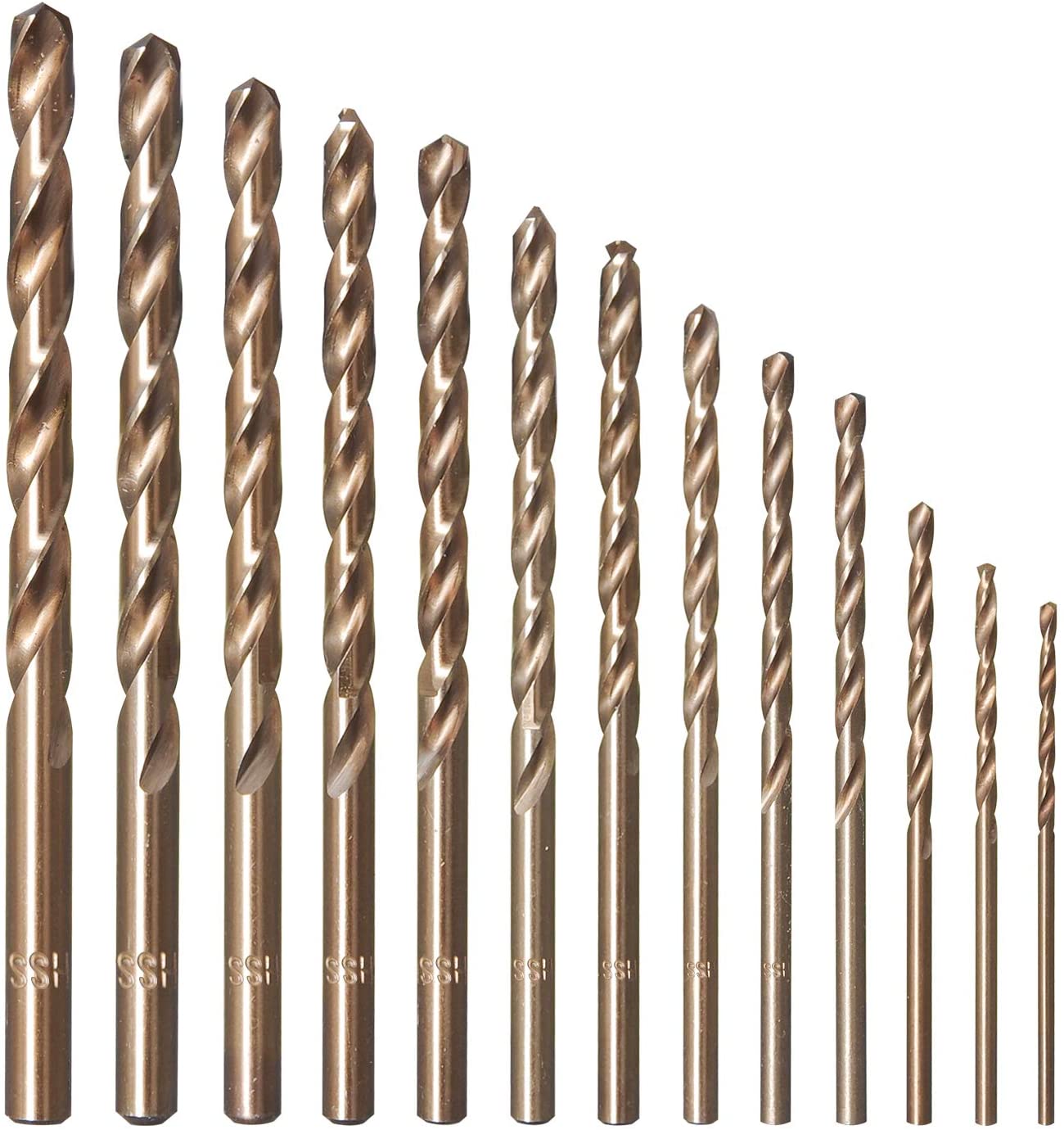
High Speed Steel (HSS):
High Speed Steel (HSS) is the most popular material for drill bits particularly for its ability to withstand high temperatures while maintaining its structural integrity during drilling at these high speeds. HSS is also highly versatile and suitable for most wood, plastic and steel applications and has the added benefit of being easy to re-sharpen, adding further life to drill bit.
Cobalt/HSS Co:
Cobalt coated drill bits are used for cutting materials such as Stainless Steel and other difficult materials. This is due to its ability to work in much higher temperatures while retaining its hardness but are more brittle than HSS. Cobalt tools are also capable of higher speeds and feed rates and increased accuracy.
Powder Metallurgy/PM:
Powder Metallurgy is the process of making tool from fine metallic particles that are sintered which allows for a blended mix through out of the materials used and providing the desired characteristics. Depending on the chemical makeup, power metallurgy can result in significantly stronger cutting edges and longer life span and provides operators higher speeds and feed rates in order to maximise productivity. This results in PM tools offering the best flexibility between the advantages HSS and Carbide.
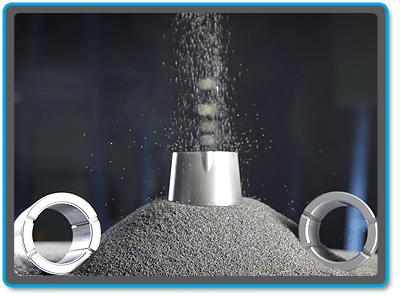
Solid Carbide:
Solid Carbide drill bits offer the longest life span, with up to 20 times that of Cobalt drill bits and can be run at significantly higher speeds and feed rates. These advantages do come at a cost though, with Carbide tools costing a considerable up front amount. Carbide tools are brittle meaning they will not flex, which is good for CNC machines and rigid manual mill operations. Not suitable for hand or drill press applications.
Through Spindle Coolant (TSC) systems are another feature that Carbide tools allow for which consists of feeding coolant through the drill and results in better chip evacuation and cooling. This helps prevents wear of the drill bit and extends their working life.
Indexable Insert:
Indexable Insert Drills are used in CNC machining and offer a more efficient and cost effective alternative to Carbide drills when used on a larger scale. It works by way of cutting inserts fixed into pockets in the drill that due to the nature of CNC machines are able to cut in multiple directions and with multiple depths. Due to the use of inserts, these drills are able to be used for multi-functional purposes with differing inserts better suited to certain applications.
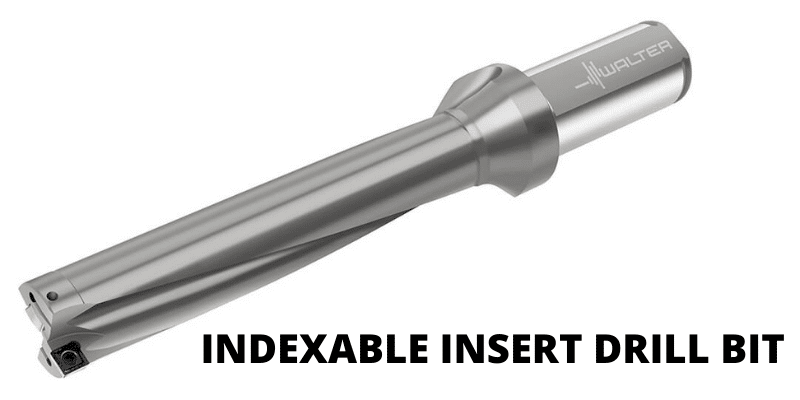
Coatings
Bright/Uncoated:
Bright Finish are simply uncoated drill bits, resulting in an inexpensive cost effective solution for low carbon steel, aluminium and wood.

Steam Oxide/Black Oxide:
Steam Oxide coating is a film of blue-black oxide called magnetite that is formed by use of a dry steam furnace. This oxide layer on the outside of the drill is porous meaning it retains oil, lowering the friction when used on ferrous applications and ultimately reducing chip build-up, increasing corrosion resistance and providing better performance when cutting sticky ferrous materials.

Titanium Coated:
Popular in the medical/aerospace industries, Titanium Coated Drill Bits possess high corrosion resistance, good fatigue and heat limits, relatively light weight, higher RPM, shorter cycle times and a longer service life than carbon steel and is ideal for repetitive mass production with steel, iron, wood and plastic among others. The main types of Titanium Coating commonly used are Titanium Nitride (TiN), Titanium Aluminium Nitride (TiAN), Titanium Carbon Nitride (TiCN) and Aluminium Titanium Nitride (ALTiN). One drawback of coated drill bits is that they cannot be sharpened once they become blunt as the coating material will be worn away.


Carbide Tipped:
Carbide Tipped Drill Bits are best suited to masonry and offer more durability due to the hardness of the head and resistance to extreme loads.
